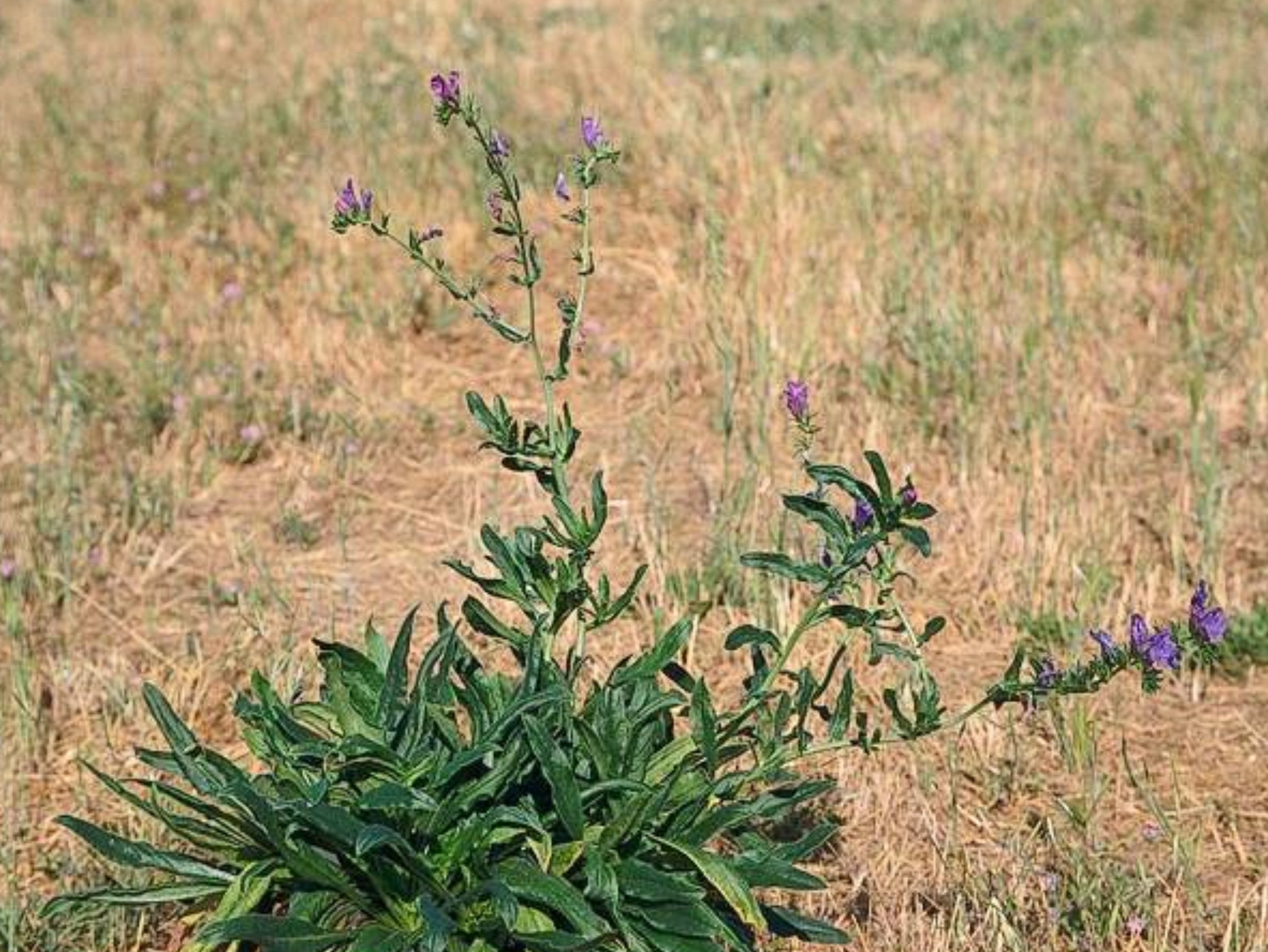Created on: Sunday, Jun 12th, 2016
The following webpages were consulted for this screen: Tropicos: http://www.tropicos.org/Name/4001277; GBIF: http://www.gbif.org/species/2925895; USDA PLANTS: http://plants.usda.gov/core/profile?symbol=ECPL; The Plant List: http://www.theplantlist.org/tpl1.1/record/kew-2784282; ARS GRIN: https://npgsweb.ars-grin.gov/gringlobal/taxonomydetail.aspx?id=14875; Calflora: http://www.calflora.org/cgi-bin/species_query.cgi?where-calrecnum=2890; CABI: http://www.cabi.org/isc/datasheet/20400; EOL: http://www.eol.org/pages/579906/details; CNPLX: http://www.cnplx.info/nplx/species?taxon=Echium+plantagineum; Victorian weeds: http://vro.agriculture.vic.gov.au/dpi/vro/vrosite.nsf/pages/impact_pater... Agriculture Victoria: http://agriculture.vic.gov.au/agriculture/pests-diseases-and-weeds/weeds... Agriculture Victoria: http://agriculture.vic.gov.au/agriculture/pests-diseases-and-weeds/weeds... Dave’s Garden: http://davesgarden.com/guides/pf/go/92713/; Weeds of Australia: http://keyserver.lucidcentral.org/weeds/data/media/Html/echium_plantagin... Weed lists: http://ice.ucdavis.edu/invasives/species/echium-plantagineum; CDFA: http://blogs.cdfa.ca.gov/Section3162/?p=694; OSU Weeds: https://catalog.extension.oregonstate.edu/sites/catalog/files/project/pd... https://www.oregon.gov/ODA/shared/Documents/Publications/Weeds/PlantPest...
Reviewed by Lynn Sweet.
- < 13 : accept (low risk of invasiveness)
- 13 - 15 : evaluate further
- > 15 : reject (high risk of invasiveness)

